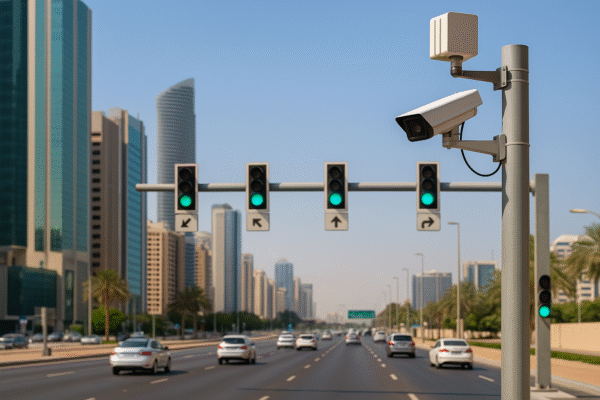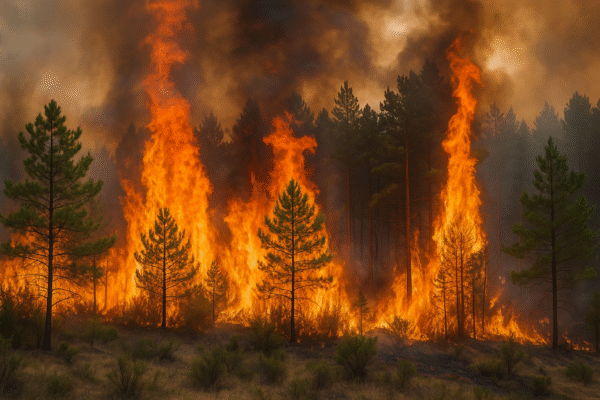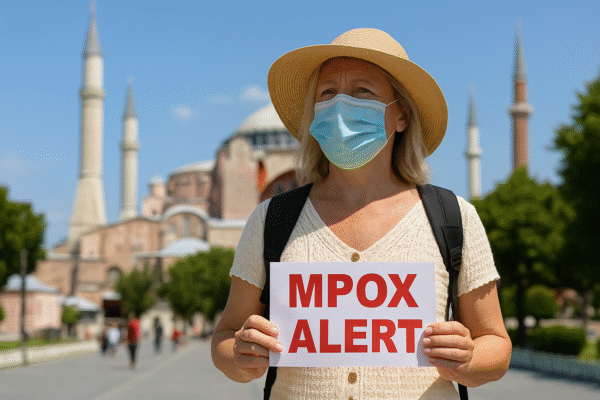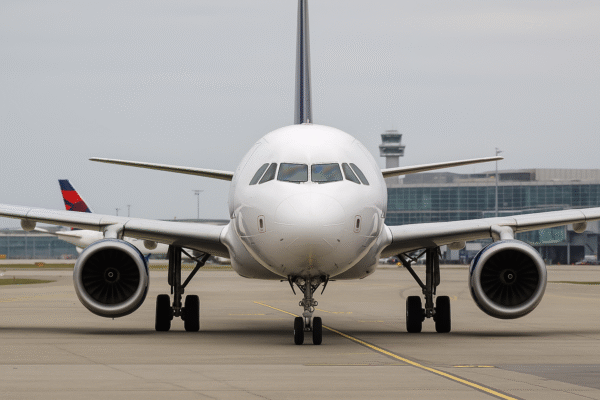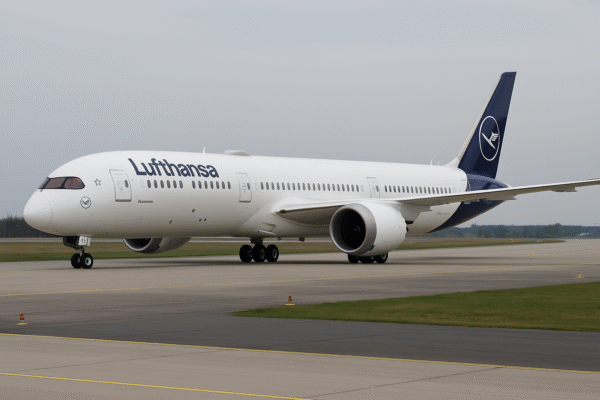The summer of 2025 marked an alarming turning point for Europe. Record-breaking heatwaves and widespread wildfires devastated popular destinations across the continent, disrupting the tourism sector during its peak season and highlighting the harsh realities of climate change.
Wildfires Ravage Southern and Central Europe
From Spain and Portugal to Italy, Greece, and France, wildfires scorched landscapes at an unprecedented scale. Over one million hectares of land were burned, releasing millions of tonnes of carbon dioxide into the atmosphere. Spain was the hardest-hit nation, losing more than 400,000 hectares, while Portugal reported catastrophic losses in its northern and central regions.
In Italy, fires tore through the slopes of Mount Vesuvius, Sicily, and Calabria, forcing mass evacuations and destroying farms, forests, and critical infrastructure. France saw its largest blaze in decades in the Aude region, while Greece battled multiple fires on the mainland and islands, endangering lives and iconic tourist areas.
Even countries not typically associated with such disasters—such as Germany and Romania—reported dangerous conditions, with prolonged droughts and high winds turning their forests into tinderboxes.
Tourism Industry in Turmoil
The fires struck at the height of Europe’s summer tourism season, causing mass cancellations, evacuations, and significant economic losses. Popular holiday routes were closed, including rail lines and highways in Spain and heritage hiking trails in Italy and Greece.
Beaches, vineyards, and historic landmarks—once thriving with visitors—were deserted as authorities scrambled to contain the blazes. In Spain’s Andalusia and Galicia regions, iconic coastal towns saw a sharp drop in arrivals, while Portugal’s wine regions suffered from both smoke damage and a collapse in tourist traffic.
Travelers across Europe began seeking “coolcations,” favoring northern or less fire-prone regions, reflecting a growing shift in tourist behavior as safety and climate concerns reshaped travel decisions.
Climate Change Intensifies the Crisis
Experts warn that the ferocity of the 2025 wildfires is a clear signal of accelerating climate change. Europe is warming at nearly twice the global average, creating conditions for longer, more intense fire seasons.
Persistent heatwaves, prolonged droughts, and erratic winds fueled blazes that spread faster than local authorities could control. Regions that once considered fire risk minimal are now confronting the need for year-round preparedness and stronger land management strategies.
Warmer air holds more moisture, drying out vegetation more rapidly and creating explosive conditions where even small sparks can turn into uncontrollable wildfires.
Health and Environmental Impact
The wildfires took a heavy toll on public health. Thick smoke blanketed cities and towns, triggering respiratory illnesses and hospital surges across affected regions. Vulnerable populations, including children, the elderly, and outdoor workers, suffered the most from the dense haze of toxic particles.
Environmental consequences were equally severe. Vast tracts of forests and shrubland were lost, reducing biodiversity and carbon capture capacity. In rural areas, olive groves, vineyards, and grazing lands were destroyed, disrupting local livelihoods and threatening the economic stability of small communities.
Economic Fallout for Tourism
Tourism, a cornerstone of many southern European economies, suffered severe financial setbacks. Flights and ferry schedules were disrupted, hotels faced mass cancellations, and popular attractions were forced to close.
The shift in traveler preferences toward cooler and safer destinations also dealt a blow to southern Europe’s tourism sector. Northern destinations, from the Scottish Highlands to Scandinavia, reported increased demand as travelers looked for climate-safe alternatives.
Local businesses dependent on seasonal visitors—restaurants, tour operators, and souvenir vendors—now face months, if not years, of recovery efforts.
Solidarity and Response
Despite the destruction, the crisis showcased remarkable resilience and cooperation. Firefighting teams from across the European Union were deployed under joint emergency protocols, while volunteers in rural communities worked tirelessly to support evacuations and firefighting efforts.
Governments are now promising reforms to strengthen prevention strategies, such as controlled burns, better forest management, and enhanced early-warning systems. There is also a growing call for sustainable tourism planning that balances economic needs with environmental realities.
Adapting to a New Era
The 2025 wildfire season has underscored that Europe is entering a new era where extreme weather will increasingly shape the tourism industry. Experts emphasize the urgent need for investment in preventive infrastructure, smarter land use policies, and stronger climate adaptation measures.
For travelers, this means adapting expectations and planning around new seasonal realities. For the tourism industry, it demands a shift toward sustainable models that prioritize safety, resilience, and reduced environmental impact.
Looking Ahead
The lessons of 2025 are clear: climate change is no longer a distant threat but a present reality reshaping how Europeans live, work, and travel. Preventive action, collaborative responses, and sustainable practices will be key to protecting both communities and the tourism economies they rely on.
Without decisive action, summers like 2025 may become the new normal—hotter, more dangerous, and less predictable—forcing a transformation in the way Europe manages its natural resources and its tourism future.
For more travel news like this, keep reading Global Travel Wire

